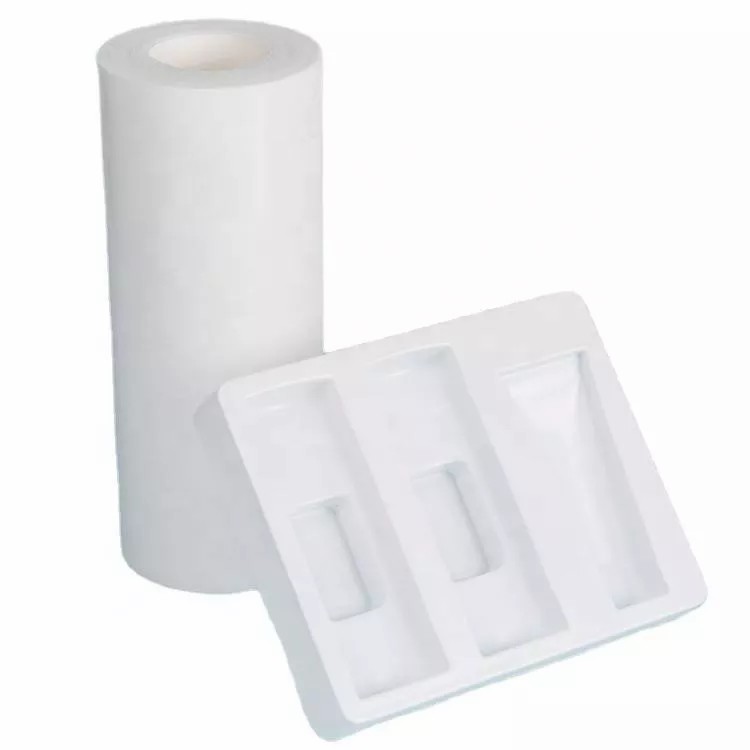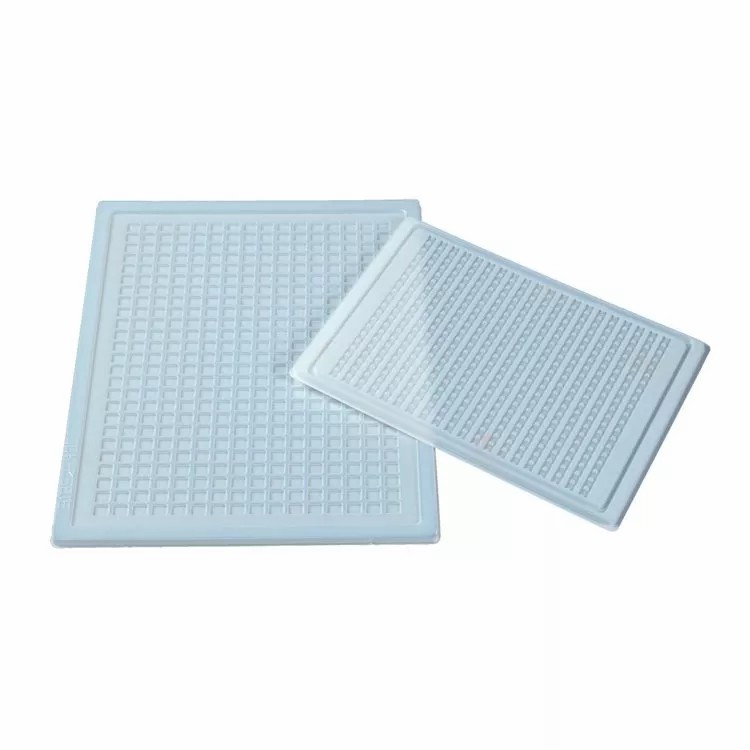High Impact Polystyrene
HIPS High-impact polystyrene
Chemical name : High-impact polystyrene
Introduction : HIPS is the development of rubber-modified polystyrene (ie high-impact polystyrene, HIPS) since 1950, mainly to solve the impact brittleness of PS . By adding rubber to the polystyrene substrate, various grades of high-impact polystyrene with different properties can be produced. In recent years, various special grades of HIPS have been developed. There are flame retardant grades, stress crack resistance grades, high gloss grades, extremely high impact strength grades, glass fiber reinforced grades and low residual volatilization grades. They are used in many applications have been able to compete with expensive engineering resins in the field. The outstanding characteristics of impact-resistant polystyrene are easy processing, excellent dimensional stability, high impact strength and high rigidity. HIPS is only in heat resistance. There are certain limits in oxygen permeability, ultraviolet light stability and oil resistance. The performance of HIPS has a great relationship with the content of rubber phase in the system.

Physical and chemical properties: HIPS is developed on the basis of PS. PS has good transparency, high hardness, and easy forming and processing. However, it is most prone to brittle fracture and is restricted in use. In order to increase its performance and improve its brittle fracture, butadiene rubber is added to increase its toughness during polymerization. After toughening, the HIPS impact toughness is four times higher than that of PS. According to the amount of addition, it can be divided into low-impact PS, medium-impact PS, and high-impact PS. However, the addition of rubber reduces the surface gloss. After modification, the use temperature of the material is increased. The heat distortion temperature is 96°C. HIPS is also a flammable plastic with a limiting oxygen index. When burning, the flame is orange-yellow and accompanied by a large amount of black smoke. The combustion characteristics are softened, foamed, Scorched, with a special smell of styrene monomer.
HIPS can be processed by many traditional molding methods, such as injection molding, structural foam molding, sheet and film extrusion, thermoforming, and injection blow molding. HIPS resin absorbs water slowly, so it does not need to be dried under normal circumstances. Sometimes too much moisture on the surface of the material will be absorbed, thereby affecting the appearance of the final product. Excess moisture can be removed by drying at 75°C for 2-3 hours. Extrusion of film, sheet and profile is the most used processing and forming method for HIPS. Impact-resistant polystyrene has a wide processing range, so it becomes one of the most easily thermoformed resins. Generally use ordinary extrusion equipment, the resin melting temperature is 205-255¡æ HIPS has excellent thermal stability and shear stability, and can use a large amount of recycled materials without reducing product performance. It is recycled materials in thermoforming processing. The usage amount can be as high as 60%. Injection molding is the most used processing method after extrusion. The processing temperature is 200-260¡æ, but for flame-retardant HIPS, the processing temperature must be lower than 240¡æ to prevent the degradation of additives. The melt index of resin processed by injection molding method is generally 5.0~15.0 g/min.

Application range : HIPS' biggest exclusive use is as packaging and disposable materials, especially food packaging materials and eating tableware. Main applications include daily packaging containers. Cups, various covers and trays for vending machines, dispensing bowl and so on. Disposable products such as dishes, bottle caps, safety razors, pen holders, etc. are also part of the high consumption of HIPS. In recent years, special products have become the focus of HIPS product development. Newly developed HIPS products can compete with engineering resins in some application fields, and some are much higher in quality than current products. Instruments and consumer appliances are one of the growing markets for HIPS products, including small meters and refrigerator inner walls. And internal parts, TV housings, air-conditioning parts, business machines, and audio and video cassettes. Special grades of HIPS resins have replaced expensive engineering plastics in many fields. A kind of ultra-high impact strength and high temperature resistant HIPS can even be used as automotive interior parts.
Relative News
- Why can ESD plastic trays protect electronic prod…
- How to choose between virgin PET sheet and RPET s…
- What kind of blister sheet can be used to make tr…
- Black conductive HIPS plastic sheet roll shipped …
- PULIXIN packaging materials unveiled at Chinaplas…
- PP blister sheet: an environmentally friendly, sa…
- PET blister sheet: transparent protection, fresh …
- PET plastic sheet rolls set sail to help upgrade …
- Key features of our HIPS plastic rolls
- The secret behind the yogurt box: revealing the s…
